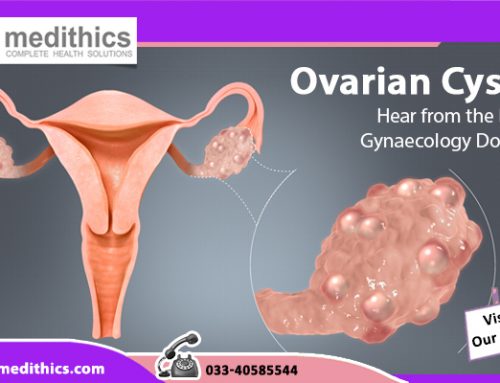The months following childbirth are exciting, but it is also the time for mothers to adapt and recover. A woman’s body undergoes changes and goes back to the normal phase after giving birth to a baby during which the placenta, the organ that feeds the foetus, is shed. So, let us look at some evidence-based facts to help differentiate between usual and irregular postpartum bleeding. This can help new mothers prevent undue stress and anxiety, or it can alert them to the need to see their gynaecologist in Kolkata in more severe circumstances.
Is Your Lochia (Postpartum Bleeding) Normal?
Lochia is a menstrual-like discharge that occurs after a woman gives birth. It is made up of the mucous membrane that lines the uterus during pregnancy, as well as shedding red and white blood cells. After a vaginal birth, as well as caesarean delivery, women will experience bleeding, says a female gynaecologist in Kolkata.
Duration: After the baby’s birth, the usual bleeding process lasts about six weeks. The uterus, which held the baby during pregnancy, will undergo changes that will return it to its natural state during this period. Women should use pads instead of tampons or menstrual cups during this period because bacteria may enter the still-recovering genital tract and uterus.
Colour and consistency: This is one of the variables that can be difficult to assess and usually varies. Having small blood clots during postpartum bleeding, for example, is common. Women can also develop a reddish-brown lochia in the days following delivery, which is common. When the reddish-brown bleeding with potential small clots turns watery, brownish, or pinkish in colour, the next level of vaginal bleeding occurs. This stage usually lasts 2 to 3 weeks.
Amount: The first two weeks after delivery are marked by heavy bleeding as tissues from the pregnancy are shed. As the tissue is sloughed off over time, this gradually decreases. Although it varies from person to person, light bleeding or spotting after delivery can last for up to six weeks.
How would You Know Your Lochia Requires Doctor’s Attention
Schedule an appointment with one of Medithics’ gynaecologist doctors in Kolkata if you are having the signs and symptoms mentioned below.
- A lot of bleeding (when a pad gets wet within an hour)
- Having abnormally big clots (the size of golf balls)
- Bleeding or discharge with a foul odour
- Cramping that is unbearable
- Feeling nauseous and dizzy
- Vision becomes hazy
- Fever or chills
- Increased heart rate
- Weakness
Conclusion
Everything (be it physical or mental) changes when you have a baby. If you are in the middle of your postpartum phase, remember to celebrate these milestones and pay attention to how your body and baby are doing. Although you should be focused on your infant, it is also important to remember to look after your own well-being. It is critical to seek attention of the best gynaecologist in Kolkata if you find any of the unusual signs and symptoms mentioned above.






Leave A Comment
You must be logged in to post a comment.